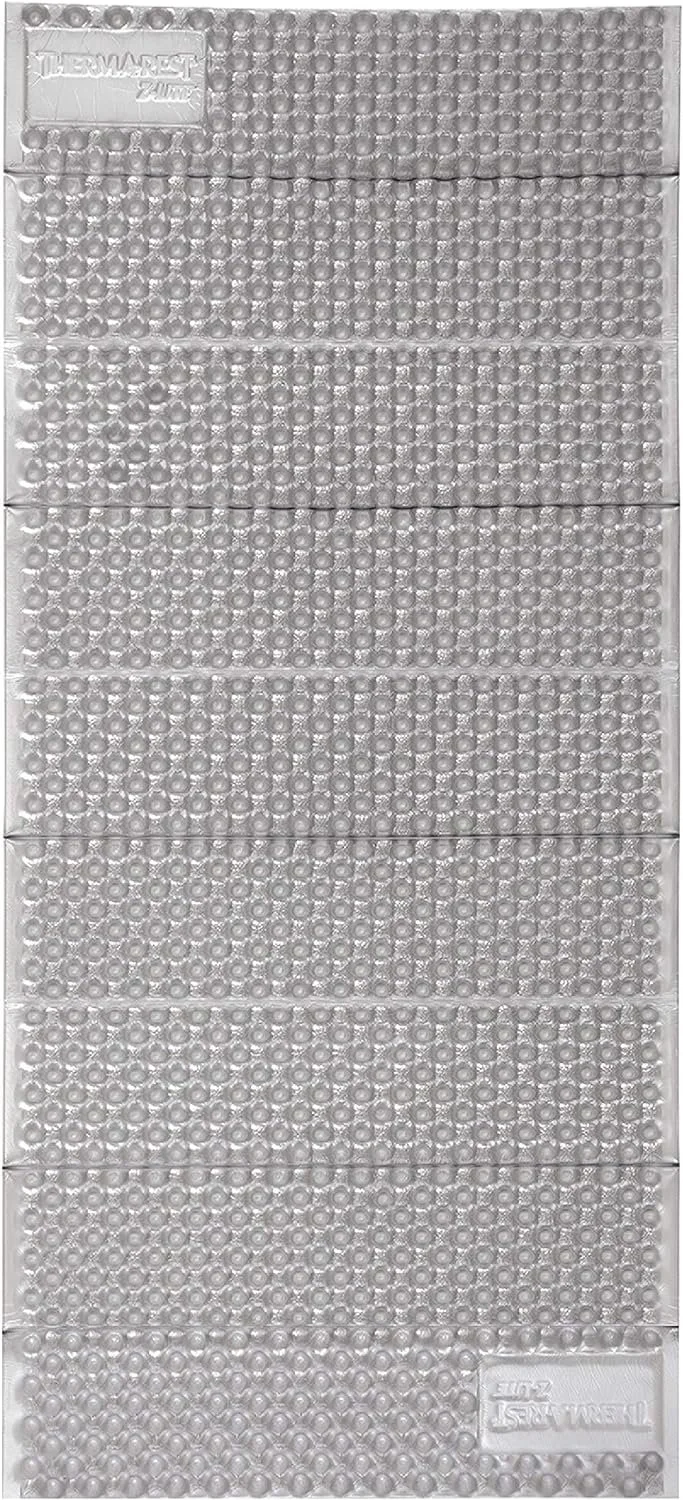Pad Perfection: The Art of Unforgettable Slumber - Our Sleeping Pad Picks
We hope you love our recommendations! This website contains affiliate links. When you click on these links and make a purchase, we may earn a commission, at no additional cost to you. This commission helps to support and maintain the operations of this website.
When it comes to camping and backpacking, a good night's sleep is essential for an enjoyable and successful outdoor adventure. One key element in achieving that comfort is selecting the right sleeping pad. With many options available, it's crucial to understand the differences between various sleeping pads to ensure you make the best choice for your specific needs. In this guide, we'll explore the key factors to consider when selecting a sleeping pad for camping and backpacking.
Types of Sleeping Pads:
There are three main types of sleeping pads: air pads, self-inflating pads, and foam pads.
Air Pads:
These pads are lightweight and pack down small, making them ideal for backpacking. They are inflated manually, usually with a pump or by blowing into a valve. Air pads provide excellent insulation from the cold ground but may require more care to prevent punctures.
Self-Inflating Pads:
These pads have a foam core that expands and fills with air when the valve is opened. They strike a balance between comfort and packability, making them a popular choice for campers and backpackers. However, they can be heavier than air pads.
Foam Pads:
Simple and durable, foam pads are made of closed-cell foam. They are lightweight, affordable, and provide excellent insulation. While they are bulkier than air or self-inflating pads, foam pads are resistant to punctures and versatile in various camping conditions.
Insulation and R-Value:
The R-value is a measure of a sleeping pad's ability to insulate against the cold ground. The higher the R-value, the better the insulation. For colder conditions or winter camping, opt for a pad with a higher R-value. If you're camping in warmer weather, a lower R-value may be sufficient.
Weight and Packability:
For backpackers, weight and packability are crucial considerations. Air pads tend to be the lightest and most packable, making them ideal for long-distance hikes. Self-inflating pads strike a balance between weight and comfort, while foam pads are often bulkier but can be strapped to the outside of a backpack.
Comfort and Thickness:
The thickness of a sleeping pad can significantly impact comfort. While thicker pads generally provide more cushioning, they can also be heavier and bulkier. Consider your personal comfort preferences and the terrain you'll be camping on when choosing the thickness of your sleeping pad.
Durability:
Durability is a key factor, especially for backpackers who may encounter rough terrain. Check the materials used in the sleeping pad and consider the conditions you'll be facing. While air pads may offer comfort, they are more prone to punctures than self-inflating or foam pads.
Top Sleeping Pad Picks:
Air Pads:
Therm-a-Rest NeoAir XLite:
Weight: 12 ounces (regular size)
R-Value: 4.2
Highlights: Exceptional warmth-to-weight ratio, compact packing, and reliable performance.
Sea to Summit Ultralight Insulated Mat:
Weight: 16.9 ounces (regular size)
R-Value: 3.1
Highlights: Lightweight, easy to inflate, and offers a good balance of comfort and insulation.
Klymit Insulated Double V Inflatable Sleeping Pad:
All-Season Outdoor Camping Mat for 2: This ultra-lightweight, double-wide inflatable mattress is made with Klymalite insulation and keeps 2 people warm when it's cold out with an R-Value of 4.4
Self-Inflating Pads:
Big Agnes Q-Core Deluxe:
Type: Self-Inflating Pad
Weight: 1 pound 5 ounces (regular size)
R-Value: 4.3
Highlights: PrimaLoft® Silver insulation, excellent stability, and durable build.
Klymit Static V Inflatable Sleeping Pad
Weight: 25 ounces
R-Value: 4.4
Highlights: All-Season Outdoor Camping Mat: This lightweight inflatable mattress is made with Klymalite insulation that keeps you warm when it's cold out.
Therm-a-Rest ProLite Plus:
Weight: 1 pound 6 ounces (regular size)
R-Value: 3.4
Highlights: Compact design, lightweight, and the self-inflating feature provides added comfort.
Foam Pads:
Therm-a-Rest Z Lite Sol:
Weight: 14 ounces (regular size)
R-Value: 2.6
Highlights: Compact accordion-style folding, durable, and versatile for various camping conditions.
NEMO Switchback Ultralight Sleeping Pad:
Weight: 14 ounces (regular size)
R-Value: 2.0
Highlights: Hexagonal nodes for added comfort, lightweight, and excellent durability.
Selecting the right sleeping pad is a crucial step in ensuring a restful night's sleep during your camping and backpacking adventures. Consider your priorities—whether it's weight, comfort, insulation, or durability—and choose a sleeping pad that aligns with your specific needs. By making an informed decision, you'll enhance the overall enjoyment of your outdoor experience. Sweet dreams and happy trails!









